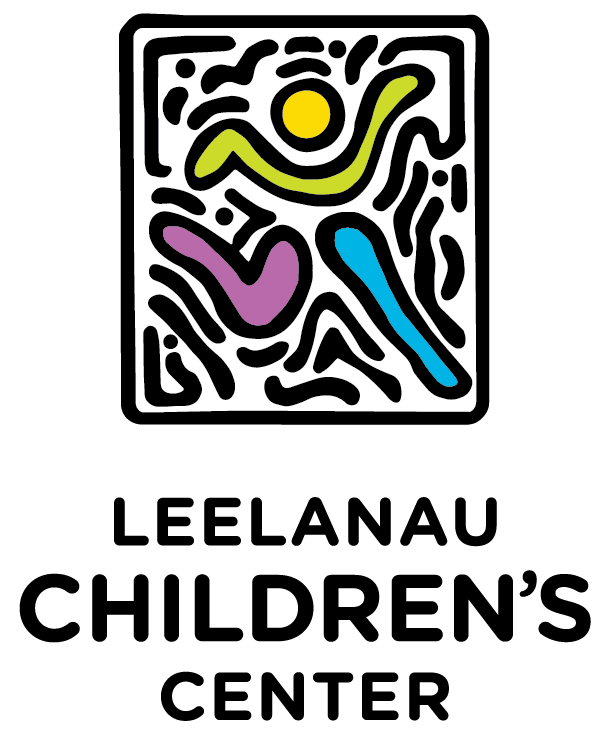LCC Celebrates LOVE!
LCC celebrates LOVE!
Young children experience their world as an environment of relationships. These relationships affect virtually all aspects of their development.
❤️ Growth-promoting relationships are based on a child’s continuous give-and-take interactions with a human partner who provides what nothing else in the world can offer—experiences that are individualized to the child’s unique personality style; that build on his or her own interests, capabilities, and initiative; that shape the child’s self-awareness; and that stimulate the growth of his or her heart and mind.
🧡 Establishing successful relationships with adults and other children provides a foundation of capacities that children will use for a lifetime.
💛 The warmth and support of the caregiver in an early education and care setting also influence the development of important capabilities in children, including greater social competence, fewer behavior problems, and enhanced thinking and reasoning skills at school age.
💚 Children who have healthy relationships with their primary caregivers are more likely to develop insights into other people’s feelings, needs, and thoughts, which form a foundation for cooperative interactions with others and an emerging conscience.
💙 Young children also learn a great deal from each other. They learn how to share, to engage in reciprocal interactions (e.g., taking turns, giving and receiving), to take the needs and desires of others into account, and to manage their own impulses. Just being around other children, however, is not enough. The development of friendships is essential, as children learn and play more competently in the rapport created with friends rather than when they are dealing with the social challenges of interacting with casual acquaintances or unfamiliar peers.
💜 Children are naturally capable of great empathy, and the care providers in their world can support them to see disagreements as opportunities to negotiate different points of view and deepen relationships.
